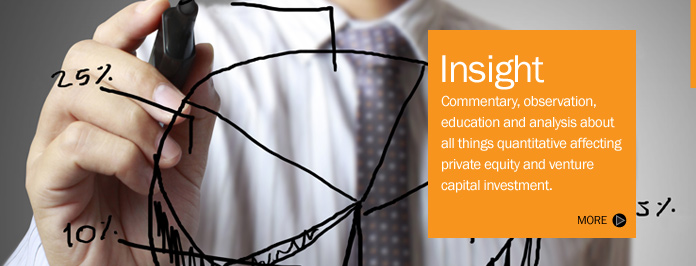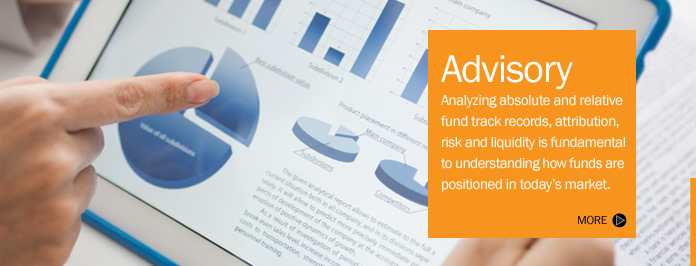A Guest Post by Eric Krusiewicz, Alts Research, LLC
Recently, I was asked to review an indirect private equity portfolio for a large start-up family office program. The goal was a 360 review of the portfolio as well as the platform. This meant, beyond reviewing the portfolio fund by fund to understand performance and exposures, I also needed to opine on the appropriateness of the diligence process that built the portfolio.
This reminded me that given the current season we are in, while diligence is always important, a tune-up refresher might be in order.
Going back to my review; I wanted to be thorough but not nit-picky, as there can be many paths on the diligence journey. I took the approach of remembering what to AVOID when building a robust defensible diligence process and went from there. Below, I highlight the top five considerations I like to keep in mind when performing due diligence:
FOMO and the allure of “exclusivity”
The desire to be part of an “exclusive” club of investors can be exciting; after all, being in the club will get you into other clubs, right? However, rushing diligence can cause you to ignore potential risks, that during less heady times, you might not otherwise ignore. If you don’t do the hard work and lay out all of your diligence findings to justify committing capital, you are ignoring your fiduciary duty.
A laser-focus on historical alpha rather than on a repeatable process and risk mgt
Let’s keep it simple – higher risk (might) equal higher return. We know the disclosure about past returns by heart. That said, yesterday’s alpha may become tomorrow’s beta or worse – the markets can turn – think venture, or commodity-driven investments that can fall out of favor quickly. In many cases, the established private equity platforms are well-oiled machines with solid risk-management programs. They typically account for downside variability while consistently producing top-level returns. However, those programs have their own idiosyncratic considerations an investor needs to understand.
Another question an investor needs to rigorously assess is: “am I taking on the additional risk to make up for deficiencies elsewhere in the portfolio?” The wrong answer can add even more risk to an underdeveloped portfolio. In the face of an unexpected event, the only thing that may validate your investment decisions is a sound investment thesis and risk management process.
Not taking advantage of perspective
Everyone would prefer to only chalk up winners. That said, when an investor has never experienced an unsuccessful investment, or only has been witness to an up-market, it is hard to fully appreciate how or where things can go wrong. I consider it an invaluable part of diligence to leverage the perspective of others when considering opportunities – full market-cycle experience cannot be underestimated.
One of my favorite parts of the diligence process is meeting with managers that have made mistakes. Their ability to open up about where things went wrong, and explain the critical takeaways they use to better manage risk for future hiccups, is a rich resource that can be leveraged throughout the diligence process.
Not appreciating operational expertise
Investors with experience outside of the investment world bring more to the table than they are often given credit for. However, simply identifying a manager that has industry / sector expertise shouldn’t be the end of the process. Diligence should validate and evaluate their operational expertise and ability to “parachute” into a company when a situation requires it.
Viewing investments in a bubble
Remember, you have limited resources in the diligence process, so don’t silo your investments.
Instead you should:
- Recognize the opportunity cost. Be sure to have a thoroughly researched market map to appreciate (a) the scope of the competitive landscape and (b) the other managers in the market or coming to market. Otherwise, you will inefficiently dedicate limited resources to prospective opportunities.
- Know how an investment fits. Simply making an investment because diligence indicates potential returns are attractive to the portfolio can be costly. It is important to understand how the investment and subsequent exposures will fit into (a) the illiquid private portfolio and (b) the overall portfolio.
Questions to ask:
- Is this a first investment into a private portfolio?
- Why is the investment being made? What does it add to the portfolio?
- Is it a core opportunity – into a broad generalist fund manager in a mature asset class – or is it a more specialized investment beyond an already established roster of managers? Which is better for the investor?
- What is the exposure overlap with other existing investments, and how does that affect the overall portfolio risk?
These are some simple things to keep in mind when looking at investment opportunities. There are so many opportunities available to investors; and while each may have a place, resources are limited. It is important for investors to have a robust process in place that keeps them honest to themselves and ultimately accountable to those relying on the success of the investments. The worst thing an investor can do is not take the risk / reward trade-off seriously and have it come back and bite them because they didn’t follow some simple guidelines.
Eric is passionate about private fund manager research, and providing investors the full monty






